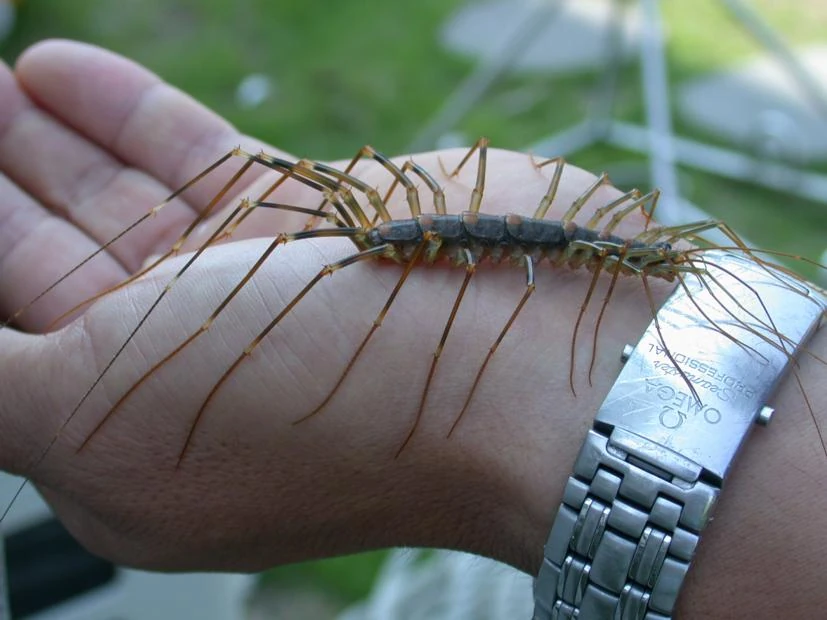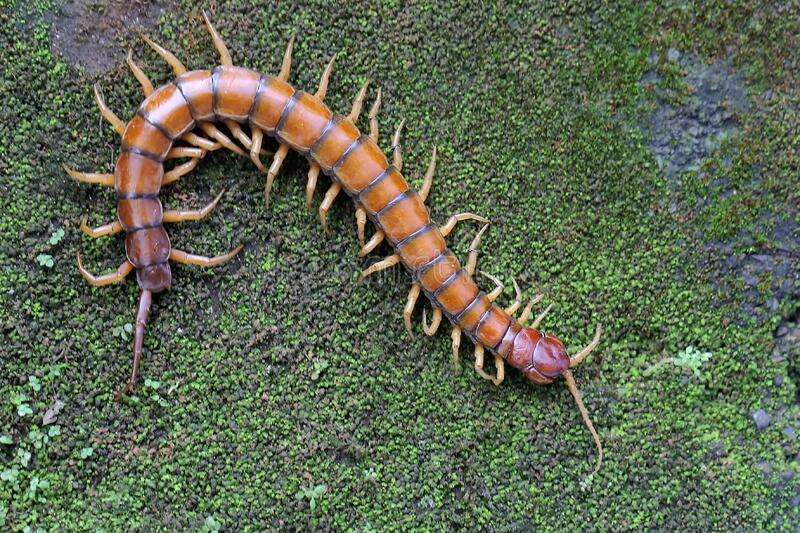
Although it is not just found in Europe, Lithobius forficatus, also referred to as the common centipede, brown centipede or stone centipede, is a common centipede found throughout Europe. It is chestnut brown in hue, between 18 and 30 mm long, and up to 4 mm wide.
Although L. forficatus lacks stripes on its legs, it resembles a number of other European lithobiid centipedes, including the striped centipede, Lithobius variegatus. It can be discovered in the higher soil layers, particularly behind boulders and decaying logs, like the majority of lithobiids. This species can be recognized pretty simply because of how rapidly it takes off for cover when it is shown.
How do common centipedes appear?
Common centipedes have long, slender bodies that are brownish-red, along with big antennae. Contrary to its name, it only has 15 pairs of legs instead of 100. It has extended back legs that mimic what might be a second set of antennae. This species of centipede is one of the biggest in the UK, growing to a maximum length of 3 cm.
Habitat
Common centipedes are a flexible species that may be found all over the UK in a range of environments, including woodland, grassland, and gardens. They will spend the day skulking around in the dirt or in shadowy areas like beneath rocks, logs, and bark. They will come out at dusk to hunt for prey.
Other names
Because they hide behind stones during the day, brown centipedes are often referred to as stone centipedes or garden centipedes. Also possible locations for Lithobius forficatus include compost piles and tree bark. At night, they are most active.
Reproduction
In the spring, the male places a spermatophore in a tiny web, which the female subsequently takes up. In the leaf litter, the eggs are laid. To become adults, the larvae must undergo 13 molts. Throughout the earliest stages of growth, they gradually add more legs until they have 15 pairs. The garden centipede has a long lifespan.
Geographic Area
European Union, Island, Greenland, United States, Brazil
Life Cycle
Lithobiids have seven pairs of legs when they emerge from the egg, and they grow new body segments with a pair of legs on each one every time they molt. There are a maximum of 15 pairs of legs in an adult.
Lifespan
The lifespan of Lithobius forficatus can reach five to six years.
Table






